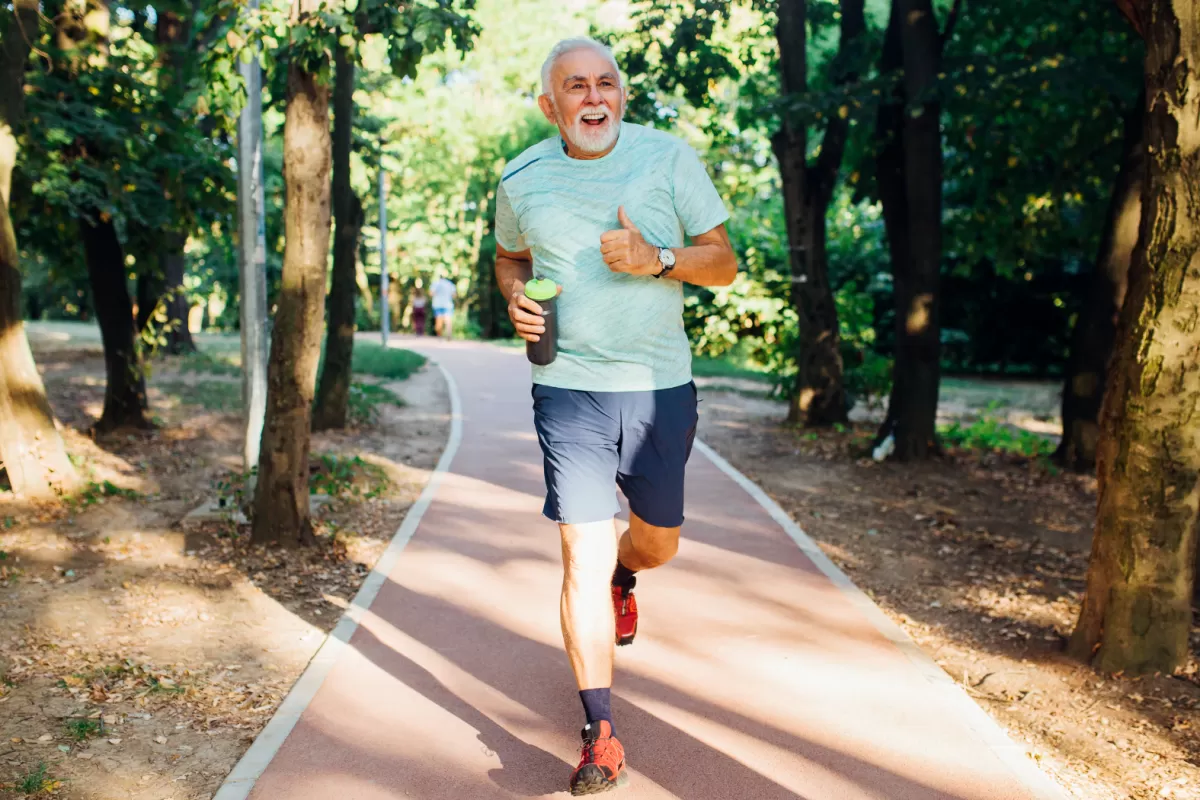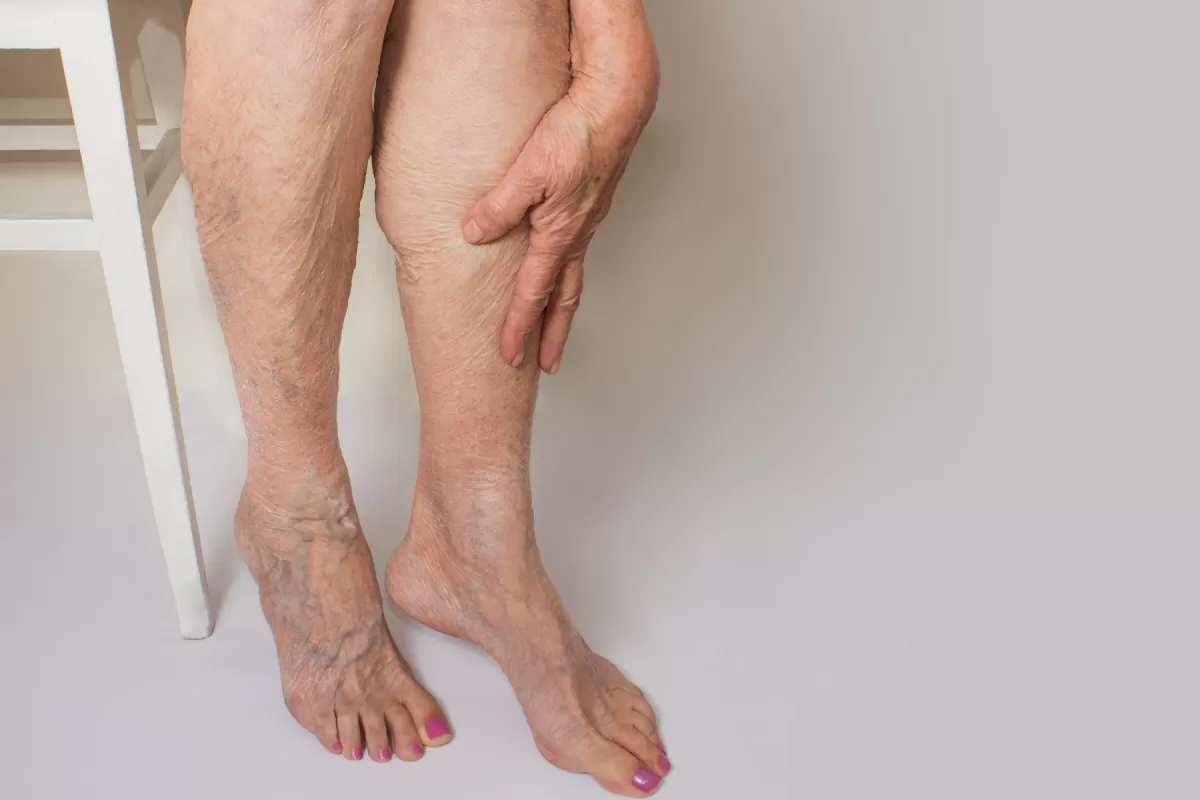Do varicose veins affect men?

Are men at risk of developing varicose veins? Yes!
Vein disease is not gender-specific and affects both men and women with around 20-30 per cent of men suffering from varicose veins in their lifetime.
There is often a misconception that varicose veins are a cosmetic issue and aren’t a medical concern. Studies also highlight that men’s lower awareness of the disease and family history were all associated with an increased risk of varicose veins.
How do varicose veins develop?
In healthy veins, both deep and superficial, have values which should only allow blood to flow from the legs back up to the heart. They are ‘one way values’, so when you stand up and with the affects of gravity, the values should prevent the blood from flowing back down into the leg.
Varicose veins develop when the values in the superficial system stop working, allowing blood to flow down the leg. This then places high pressure on the veins below. When the blood begins to pool the veins are under pressure so therefore they dilate and lengthen. Because the vein has to fit into the same space, they become twisted causing the recognizable varicose vein.
Which occupations are most at risk?
Male occupations such as building, carpentry, electrical, retail work, desk jobs – essentially any job linked to lengthened periods of sitting or standing are also linked to varicose veins.
Before treating varicose veins your doctor needs to do a comprehensive vein assessment which includes venous duplex ultrasound to determine which vein or veins are responsible for the varicose veins.
To book in for a comprehensive vein assessment with Dr Melanie contact our team at contact@rclinic.com.au or call 02 5119 3898

